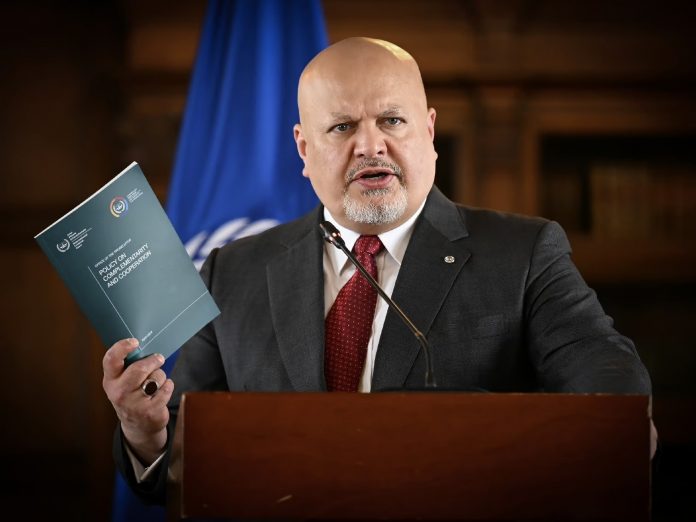
The oilman Trump of Arabia [1], who claims to emulate Lawrence of Arabia [2], offered two transcendental cosmogonic presentations, overflowing with chiaroscuro, which merit meta-analysis. At the Riyadh Investment Forum (capital of Saudi Arabia [3]) and before the six Arab petro monarchies of the GCC (Gulf Cooperation Council) [4], he attacked Iran’s allies in Gaza and Lebanon, and spoke out against Iran’s nuclear bomb development, while promoting Israel’s controversial “Abraham Accords [5]” with four countries: Bahrain, the United Arab Emirates, Morocco, and Sudan (the remnants of its remote-controlled civil war).
Among the thousands of phrases Trump has uttered, I was struck by the fact that, in the face of the six Arab oil monarchies of the GCC, he published one of great marketing prowess, which even the sublime Arab historian Ibn Khaldun (IK)—whom Bertrand Russell defined as the father of modern sociology—author of the marvelous Prolegomena, would not have dared to utter.
The immeasurable Tunisian Ibn Khaldun referred to the Arab world as the geography of the “middle of the planet,” in a horizontal sense—in contrast to “the Middle Kingdom,” in the vertical sense of China, between heaven and earth—but he had never, especially at a time of the cyclical decline of the prodigious Arab civilization, reached the point, as the oil-rich Trump of Arabia did in a hyperbolic manner, of defining the Middle East as the center of the world. It is interesting to note that the two ultra-belligerent Khazarians, the poor actor Zelensky, and Netanyahu (a better actor, admittedly), who found himself without a choreography or global stage design, are becoming increasingly isolated by the day.
French geopolitician Thierry Meyssan, of the Voltaire Network, explains the disconnect between the United States and Israel with the Trump administration, which “after patiently proposing to Benjamin Netanyahu to negotiate with the Palestinian resistance and meeting only an obstinacy in massacring the Palestinians, annexing Gaza, southern Lebanon and Syria, and launching a war against Iran, has changed gears. It is now obvious to them, as it has been to all those who have been interested in this region for 80 years, that revisionist Zionists are the enemies of peace and therefore also of Israel.” » [6]
Meyssan exposes the pressure exerted by Israeli “revisionist Zionists” on Ukrainian “integral nationalists,” the extent and implications of which were only made public on May 3, with Volodymyr Zelensky’s praise of former Israeli minister Natan Sharansky. Here, I have always referred to the Khazarian militarist Holy Alliance of Netanyahu/Zelensky/Milei (the Argentine president): the three adherents to the plan for an unviable Greater Israel of Russian-born New York rabbi Menachem Mendel Schneerson, of the eschatological Talmudic sect Chabad-Lubavitch (see “Gaza: Geopolitics of Israel’s Barbarism” [7]).
The Zionist dream of an unviable Greater Israel is being chased away, like a dissipating cloud, by Trump’s “Greater Middle East” among the great techno-oil enterprises of the future. It would be necessary to elucidate the meta-analytic and hermeneutic meaning of Trump’s Arabian project when he defines the Middle East as the center of the world, which implies multiple definitions of the region and “its” religion: British, French, Israeli, Persian, Ottoman, or real?
I don’t know if the Middle East has suddenly positioned itself as the center of the world, but it certainly constitutes one of the main, if not the most decisive, tectonic plates of global geopolitics. While China is expanding its attractive Silk Roads by molding itself on the geography of Central Asian Islam, Trump is forging his Holy Alliance with the GCC, and Tsar Vladimir Putin is flirting with Islam, which was concretized in the Russian-Islamic summit in Kazan [8]. It seems that Trump’s definition of Arabia is concentrated in his geo-oil Holy Alliance with the GCC and its 6 Arab petro monarchies.—
Source
La Jornada (Mexico)
The largest Spanish-language daily newspaper in the world.

